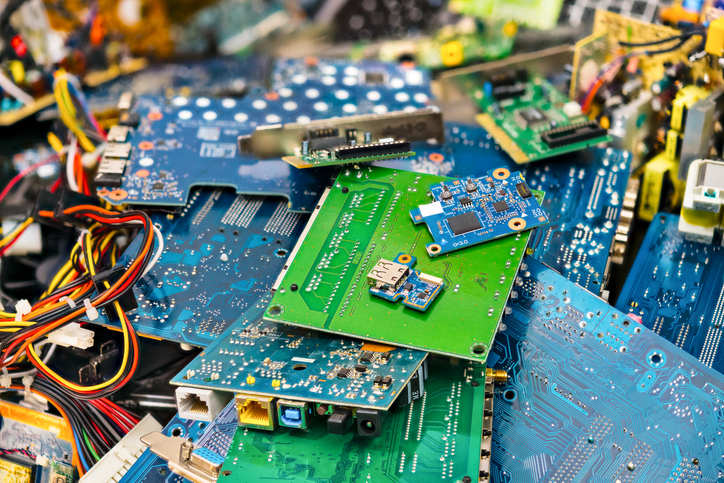Researchers in India are testing a breakthrough that could help push finger vein authentication – the process of using the vein patterns in our fingers for identification – further into mainstream usage.
The team from Amity University’s electronics and communication engineering department says the software and imaging technology they are developing could make the method less expensive to implement, as well as more accurate. If they’re correct, finger vein authentication could soon be the next big trend in biometrics for access control and security.
Similar to a fingerprint, every person has a unique finger vein pattern existing within each finger. Unlike facial features or fingerprints, though, finger vein authentication systems aren’t vulnerable to forgery. It’s much more difficult to forge finger vein patterns, or even distort them in attempts to fool a biometric security system. Additionally, individuals can’t photograph finger veins and, unlike fingerprints, they can’t be left on surfaces.
The research team recently published their findings (originally presented at the International Conference on Inventive Computation Technologies) in IEEE Xplore, where they propose a system design that can be created for as low as $60. That’s a fraction of the cost of current biometric authentication systems. Facial scanners, for example, can cost approximately $300 each.
The Amity University team’s proposed finger vein authentication system will have just two parts to it: an infrared camera for capturing images and processing hardware. Here’s how it works:
The images of the finger veins are captured by the infrared camera and are then authenticated through the LTCoP (Local Ternary Co-Occurrence Pattern) method – the method used in MRI and CT scan analysis.
The infrared camera produces pictures in gray scale, which highlights finger veins in the pictures due to the hemoglobin in blood. The LTCoP algorithm assigns gray values to the variations in gray in the pictures, and then identifies any coinciding patterns in the gray values to create numerical vectors representing finger vein patterns.
Vectors are stored in a database and are classified through the k-nearest neighbors (KNN) classification, a simple machine learning classification that organizes finger vein vectors into groups based on how similar they are.

Block Diagram of Finger Vein Authentication System
After classification, the system uses a common Raspberry Pi processor to test matching and similarity measures to assess if the scanned finger vein matches any images in the database. The researchers have found this method outperforms alternate finger vein authentication systems that employ LBP or LDP algorithms for analysis instead of the LTCoP method.
In testing, the system was able to assess a person’s finger vein against the open source SDUMLA database of 636 finger veins in 2.3 seconds, while having a high classification accuracy and low Equal Error Rate. Equal Error Rate is where false acceptance and false rejection rates are equal, and since the rates have an inverse relationship, the lower the Equal Error Rate the better the biometric security system is working.

Results of testing model versus LBP and LDP models for finger vein authentication
“We proved that this algorithm can be implemented using a low cost, low processing powered hardware such as Raspberry Pi to let researchers and industrialists know that they can use finger veins as biometrics to protect valuable assets in large scale environments,” said Surbhit Bhatnagar, researcher and inventor from Amity University in Noida, India. “Businesses should look to adopt finger vein authentication quickly, because many are using vulnerable security systems.”
Companies in need of enhanced security, such as banks, would benefit from a more secure biometric system. In addition to security, the system could be used by hospitals to easily identify patients and pull their medical data across different hospitals.
Though the system has performed well in experiments, the researchers continue to improve on their model by testing it against larger databases and reviewing the model’s software. Specifically, they are optimizing the vector extractor algorithm to further improve the accuracy of the system and to make the feature vectors more representative of their corresponding finger vein images.
“Our research creates a much better and efficient system for finger vein authentication. The results from our research show its superiority over other methods,” said Kuchimanchi Bhaskar Sri Lalith, researcher from Amity University in Noida, India. “For higher security and reliability it is highly recommended for businesses to use finger vein authentication, and for maximum accuracy and reduced processing complexity, we recommend our model.”
Learn more about finger vein authentication in IEEE Xplore.





